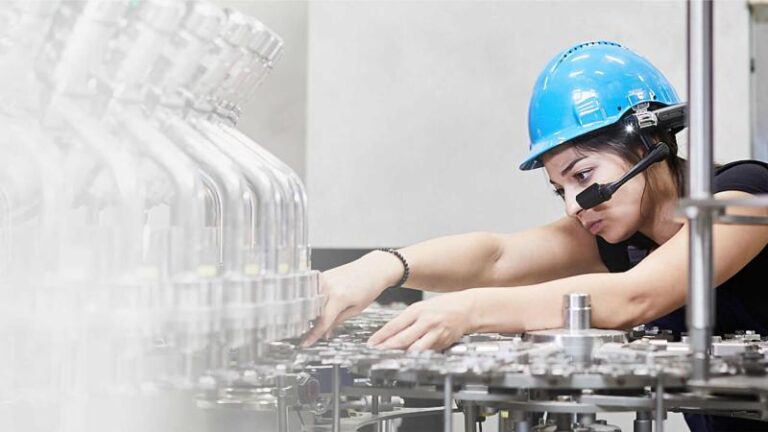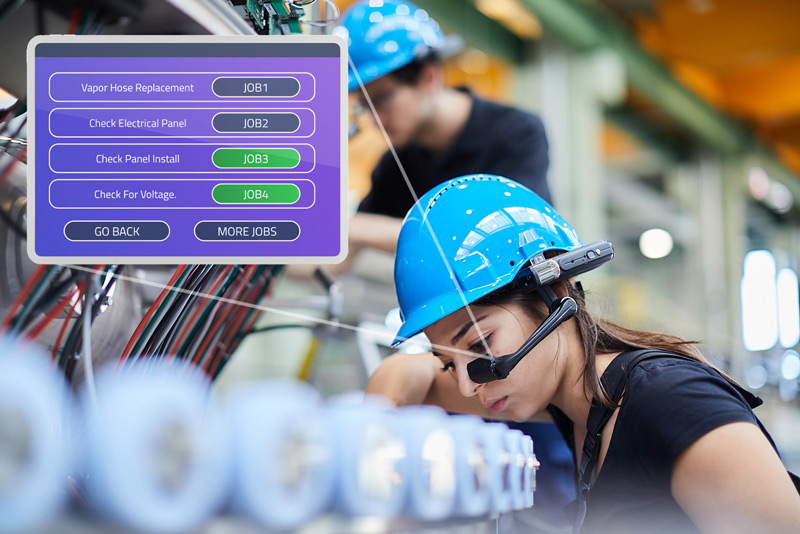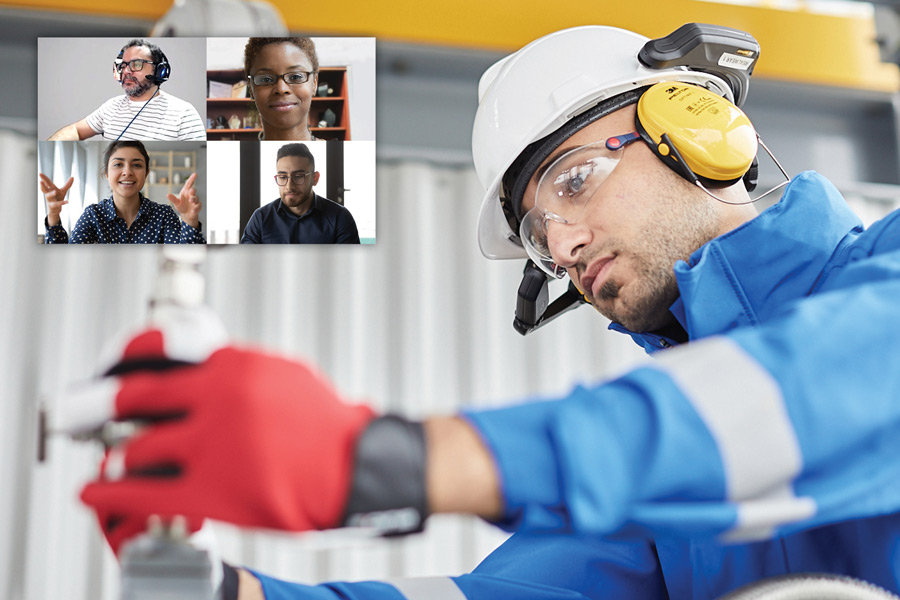In the ever-evolving realm of Field Maintenance, Repair and Operations (MRO), maintaining connectivity and maximizing efficiency is absolutely crucial. Businesses seeking to streamline their field operations face a pivotal choice between two powerful tools: wearables and handheld devices. As companies continue to make substantial investments in tablets and smartphones, a critical question emerges: could these investments potentially impede the seamless integration of wearables into our business operations? Before we commit to a decision, it’s essential that we delve into the intricacies of field maintenance and repair operations, exploring their unique requirements and the diverse scenarios in which they are conducted.
Understanding Field MRO
Field Maintenance, Repair, and Operations (MRO) involve the critical tasks of servicing and repairing equipment on-site, often in challenging environments. It encompasses a wide range of industries, from manufacturing plants to energy facilities and telecommunications infrastructure.
Field technicians play a pivotal role in ensuring that machinery, systems, and assets remain operational and reliable. Their responsibilities include routine maintenance, diagnosing and resolving issues, and sometimes even performing complex repairs.
Technicians often find themselves in demanding environments, such as remote mining locations or atop towering telecom structures. These scenarios pose significant hurdles that necessitate the adoption of advanced technologies, particularly wearables as technicians need to keep their hands-free (from holding tablets or mobiles) for other activities.
Remote Dark Spots in Mining:
In mining operations, technicians frequently contend with the inherent challenges of remote and inaccessible locations. Deep within mines, natural lighting is virtually non-existent, creating a hazardous environment for repairs and maintenance. Wearables, such as smart helmets equipped with built-in lighting systems and augmented reality displays, are invaluable tools. These wearables illuminate dark spaces, provide critical information overlays, and facilitate communication with off-site experts. They enhance safety, efficiency, and accuracy in the often-treacherous confines of mining operations.
Working at Heights on Telecom Towers:
Telecom technicians often operate at dizzying heights on towers and masts. The risks associated with such heights demand specialized equipment to ensure safety while performing critical maintenance tasks. Wearables like harness-mounted devices with AR capabilities offer technicians real-time guidance and visual aids for intricate repair procedures. Smart helmets with integrated communication systems enable immediate contact with colleagues or experts, reducing the likelihood of errors and improving overall job efficiency.
Hazardous Environments in Energy and Utilities:
Technicians working in power plants, oil refineries, or chemical facilities face potentially dangerous conditions. Exposure to high temperatures, chemicals, or electrical hazards requires specialized protective gear. Wearables designed for such environments incorporate sensors that monitor vital signs and environmental conditions. These wearables can alert technicians to potential dangers, providing an extra layer of safety.
Extreme Weather Conditions:
Field technicians often find themselves working in adverse weather conditions, from scorching heat to freezing cold. Wearables can include climate-controlled components, ensuring technicians remain comfortable and alert. Additionally, wearables equipped with GPS and weather tracking capabilities provide real-time information on approaching storms or extreme weather events, allowing technicians to plan accordingly.
Data Access and Collaboration:
Regardless of the environment, efficient communication and access to critical data are paramount. Wearables with integrated communication features allow technicians to stay connected, enabling them to seek advice from experts or share updates instantly. Furthermore, wearables with heads-up displays offer technicians access to vital information without requiring them to divert their attention from the task at hand.
One common misconception is that heavy investments in tablets and smartphones hinder the adoption of wearables in the corporate realm. However, tablets and phones serve indispensable roles in businesses.
A Unified Approach to Field Maintenance and Repair Operations
With Telepresenz, you gain access to a device-agnostic platform that supports a wide range of devices, such as Moziware, RealWear, Mobile, Tablet, along with Windows, Android, and iOS operating systems. Wearables, in particular, play a pivotal role by incorporating communication features that facilitate instant collaboration with colleagues. This is especially crucial in demanding environments like mining or elevated structures, where safety and efficiency are paramount. By seamlessly integrating these technologies, technicians can execute tasks with unparalleled precision and speed, thereby minimizing downtime and elevating overall operational efficiency. This unified approach ensures that technicians always have the right information and tools at their fingertips, ultimately leading to more effective outcomes in the realm of field maintenance and repair.
#MotherwellAutomation #MotherwellConnects #Telepresenz #ConnectedWorkerPlatform #DigitalTransformation #Maintenance #ConnectedWorkerSolution #RemoteWork #Innovation #ConnectedWorkforce #MRO #MROServices #IndustrialWearables #ProductivityBoost



